When selecting an engagement ring, many couples choose between the intricate designs of French Pave and Petite Pave settings. Both options are renowned for their delicate nature and ability to maximize the sparkle of a center stone. Knowing the nuances of each can provide invaluable insight when narrowing down your choice.
Main Difference: French pave diamonds are set within V-shaped indentations on the ring, while petite pave has its distinctive name due to the tiny prongs used for the accent stones. Both designs sparkle and glimmer in the light, offering shimmering brilliance from all angles.
French Pave vs Petite Pave: Overview
French Pave Setting
Exuding timeless elegance and poise, the French pave setting is renowned for its magnificent marriage of gleaming diamonds and captivating craftsmanship.
Consisting of V-shaped grooves along the shank, this placement technique—called ‘fishtail pave’—facilitates an optimal transition of light to the pavilion, amplifying its brilliance. Using a meticulous technique, diamonds are nestled securely within the cutouts, ensuring that prongs do not impede illumination.
Consequently, the result is an uninterrupted line of diamond accents, alchemizing metal, and stone into one harmonious symphony.
Petite Pave Setting
Petite pave settings provide a sophisticated burst of sparkle to any ring setting, boasting the same allure of classic pave settings with a few key distinctions.
The prongs holding the diamonds are markedly smaller in size, allowing for greater light refraction and creating an eye-catching effect that magnifies the brilliance and diamond visibility.
Although similar in appearance, petite pave is not to be confused with micro pave, which uses diamonds weighing less than 0.01 carats. Petite pave instead is distinguished by its diminutive prongs, providing a cost-effective way to add extra aesthetic value without having to invest in larger center stones.
French Pave vs Petite Pave: Differences
Design
For a classic and timeless look, the Petite Pave setting is ideal. This style features petite diamonds set in a continuous band, secured by tiny metal prongs to allow maximum light entry. Its delicate design radiates subtle elegance, making it perfect for those seeking an understated glamour.
On the other hand, the French Pave setting boasts larger diamonds that create an opulent brilliance. Adorned with intricate details, this vintage-inspired setting exudes a captivating dazzle, making it ideal for those who seek a lavish and glamorous aesthetic.
Read Also: Grown Brilliance vs James Allen
Durability And Maintenance
French Pave engagement rings are renowned for their steadfast durability, thanks to the smaller diamonds being securely held in place by sturdy prongs that provide superior stability.
This well-guarded setting offers invaluable protection against potential damage and makes it an ideal choice for daily wear. It is still important to periodically inspect the prongs for any loosening that may have occurred due to regular usage.
Petite Pave engagement rings, though more delicate, are also suitable for everyday wear. However, extra caution must be taken as the smaller prongs may not be as secure and leave the diamonds vulnerable. Guard against any potential problems of this nature to ensure your ring remains pristine.
Variations
Petite pave settings are ideal for those searching for a straightforward, uncomplicated design. The diamonds are delicately affixed along the shank via dainty prongs, either halfway down both sides of the band or encompassing it entirely as an eternity setting.
Alternatively, French pave offers a greater selection of aesthetics, ranging from pavé clusters to marquise mosaics, providing greater room for personalization. No matter your desired aesthetic, you can be sure that petite pave and French pave will both exude sophistication and finesse.
Creation Process
French pave diamond rings, lauded for their elegant intricacy, require higher levels of craftsmanship and accuracy than petite pave. Careful etching is essential to ensure the secure placement of accents, where mistakes can be disastrously costly due to the fine details.
In contrast, petite pave settings are far more straightforward, relying on small prongs on the shank instead of cutouts to keep diamonds fixed in place. This technical complexity aptly explains why these artistic works of art command higher prices than their petite pave counterparts.
French Pave vs Petite Pave: Similarities
Affordability
For an economical approach to upping the carat weight of your jewelry, consider investing in a French or petite pave setting. This is because when it comes to diamonds, their cost does not increase incrementally with its carat weight; instead, it follows an exponential curve.
Therefore, one single diamond that weighs 1 carat will be more expensive than two 0.50-carat diamonds combined.
Brilliance
The French-Pave and Petite-Pave techniques are designed to maximize a ring’s diamond brilliance, allowing for an eye-catching effulgence from every angle. By cleverly combining these styles with step-cut stones, the emerald-cut diamond being the most popular example, it is possible to produce a heightened glimmer.
In particular, the use of round-cut diamonds around the shank aids in offsetting the usually gentle luminosity of these step-cuts for a truly dazzling effect. Together, they create the perfect harmony – the emerald-cut diamond shining proudly at its center, surrounded by dazzling bright rounds to mesmerizing perfection.
Variety
For those seeking an exquisite selection of pavé engagement rings, French and petite pave settings serve as the perfect foundation to build your dream ring. From white gold and rose gold to yellow gold and platinum, you’ll find a myriad of stunning metal variations to choose from.
Plus, most online jewelry retailers stock a plethora of these rings, giving you an abundance of choices to craft the exact design you desire. Regardless of your style or budget, you can easily find the ideal pave setting to celebrate the beginning of your journey together.
Resizing Challenges
If you are contemplating a French or petite pave setting for your ring, know that resizing may be a challenge. The component details of French pave settings form such intricate structures that it is often difficult to cut and solder them back correctly.
Similarly, the small prongs on petite pave settings complicate resizing efforts. Before committing to a pave style, be sure of your exact ring size to avoid any potential complications down the line.
French or Petite: Which One Should You Choose?
When examining the differences between French pave and petite pave, it’s vital to be aware of their nuances.
Considering French pave offers larger diamond accents in a V-shaped layout, while petite pave emphasizes visibility through smaller diamond pieces, if these features suit your tastes, opt for the former.
Alternatively, if you’re searching for specific designs or looking to allocate savings to other elements of the piece, the latter could be more advantageous. There are also various settings such as micropave, U-cut, and bright cut configurations to consider.
No matter what you decide, whether it’s French pave or petite pave, you’ll have a stunningly enhanced ring that caters to all your needs.
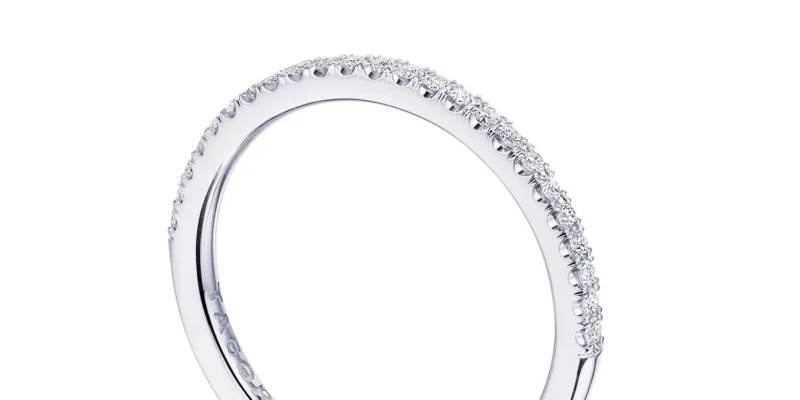

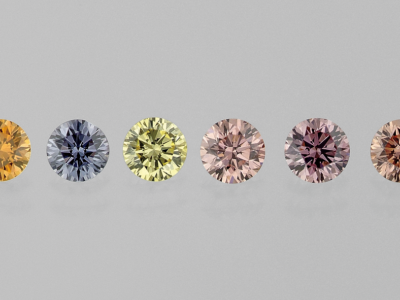
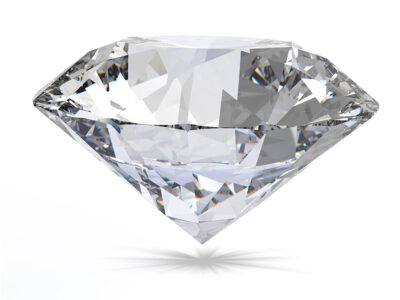

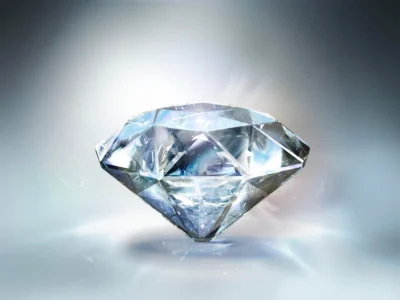
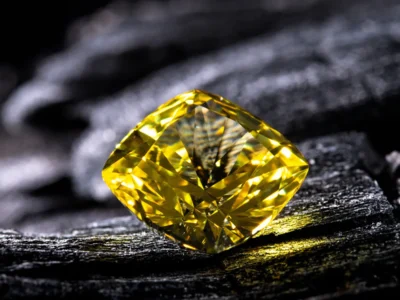
Comments